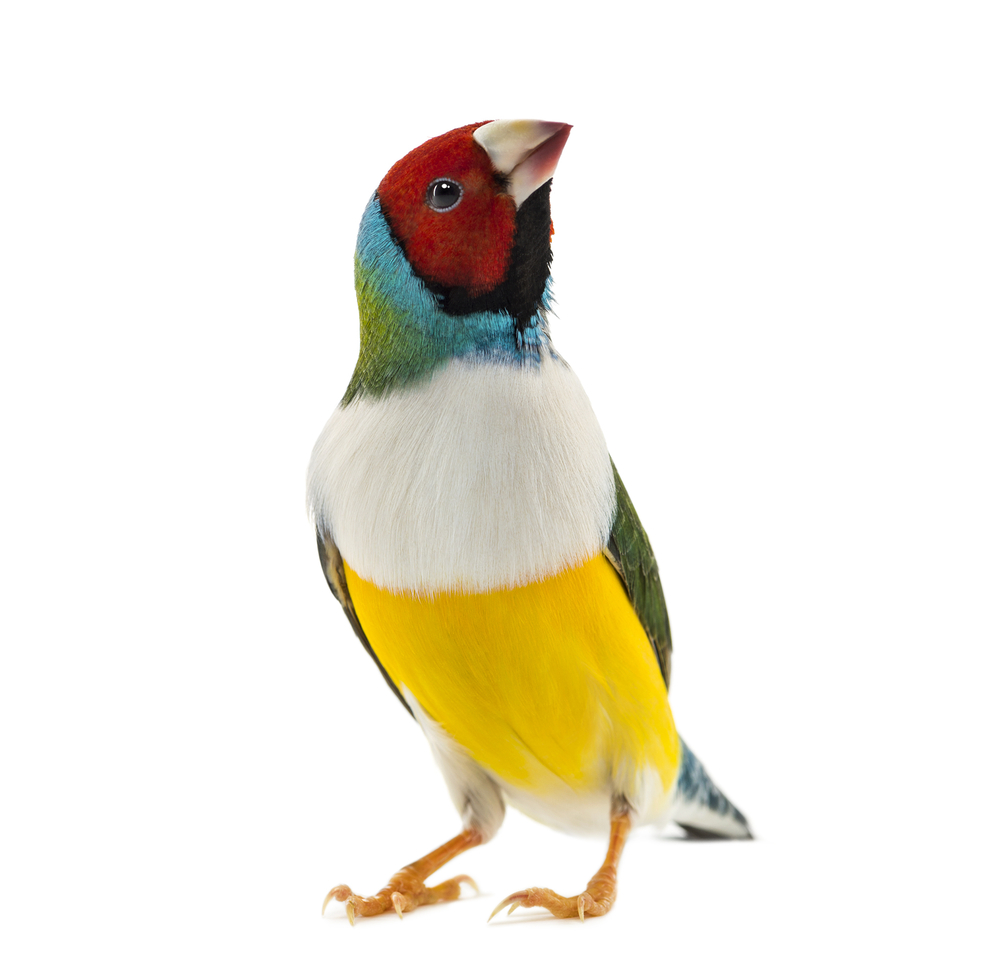Songbirds Could Be Used as Valuable Tool to Study Brain Neurodegeneration, Huntington’s Disease

In a recent paper published in Nature Neuroscience journal entitled “Human mutant huntingtin disrupts vocal learning in transgenic songbirds“, Rockefeller University researchers reported that songbirds could be used as new tool to study Huntington’s disease (HD), providing a more complete understanding of the mechanisms underlying brain neurodegeneration.
Huntington’s disease is an inherited neurodegenerative disorder that leads to damage of brain motor neurons. Patients can be diagnosed at any age, while symptoms often become most apparent between 35 and 44 years old. Patients with HD experience various symptoms but onset, progression and extent of cognitive and behavioral symptoms vary significantly between individuals. It is often observed that almost all HD patients show problems related to lack of coordination, slowed saccadic eye movements, and difficulties chewing, swallowing, and speaking. Other symptoms of HD may include sleep disturbances, seizures, memory deficit, anxiety, and aggression, among others. There is no cure for this disease but the symptoms could be relieved by means of medications, physical therapy and life style changes. Worldwide prevalence of HD is about 5–10 cases per 100,000 persons and this varies with ethnicity, local migration, with women being equally affected as men.
It is believed that HD is caused by a genetic mutation which produces an altered form of protein called mutant Huntingtin (mHtt). However, the mechanisms responsible for neurological dysfunctions are not fully understood. The recent study carried out at The Rockefeller University in collaboration with other institutions reported new insights into the understanding of the mechanisms related to vocal and speech impairments in HD. In this study, instead of rats and mice often utilized as lab animals, the researchers used songbirds (zebra finches, small, red-beaked birds common in pet stores) as animal models, due to their ability to learn vocalizations. Experimentally, the researchers introduced a mutant gene responsible for human HD (mHtt) in eggs of songbirds. Afterwards, the birds affected by the mutation were used to breed successive generations in which mutations were naturally transmitted.
The results showed that as songbirds grew, they displayed behavioral disorders associated with HD including learning problems and produced aberrant songs. The birds with severe vocal impairment were stuttered, and if the song was composed of ABCDE, they could only sing AAAA. The data related to progressive muscular degradation in birds were monitored and analyzed by specialized computer software and the results provided detailed records of how vocal patterns were affected. It was found that progressive speech impairment was linked to dysfunction in some areas of the brain named cortical-basal ganglia.
These findings suggest that birdsongs could be used as a valuable tool to study problems related to HD. Data from these studies will allow scientists to theorize and make assumptions about the altered mechanisms occurring in human brain circuits as HD progresses. The latter would enable researchers to test therapeutic treatments on vocal degeneration in the future.
“If we develop a drug, we can inject it into a specific brain area and then trace moment by moment how it impacts the degradation of vocal ability in songbirds,” study author Dr. Wan-chun Liu, a senior research associate in Fernando Nottebohn’s Laboratory of Animal Behavior, said in a news release. “Our work has relevance beyond Huntington’s. By creating the first song bird models for vocal degeneration, we have achieved what I believe is a turning point for all kinds of diseases that affect speech, like Alzheimer’s, Parkinson’s, and autism.”






